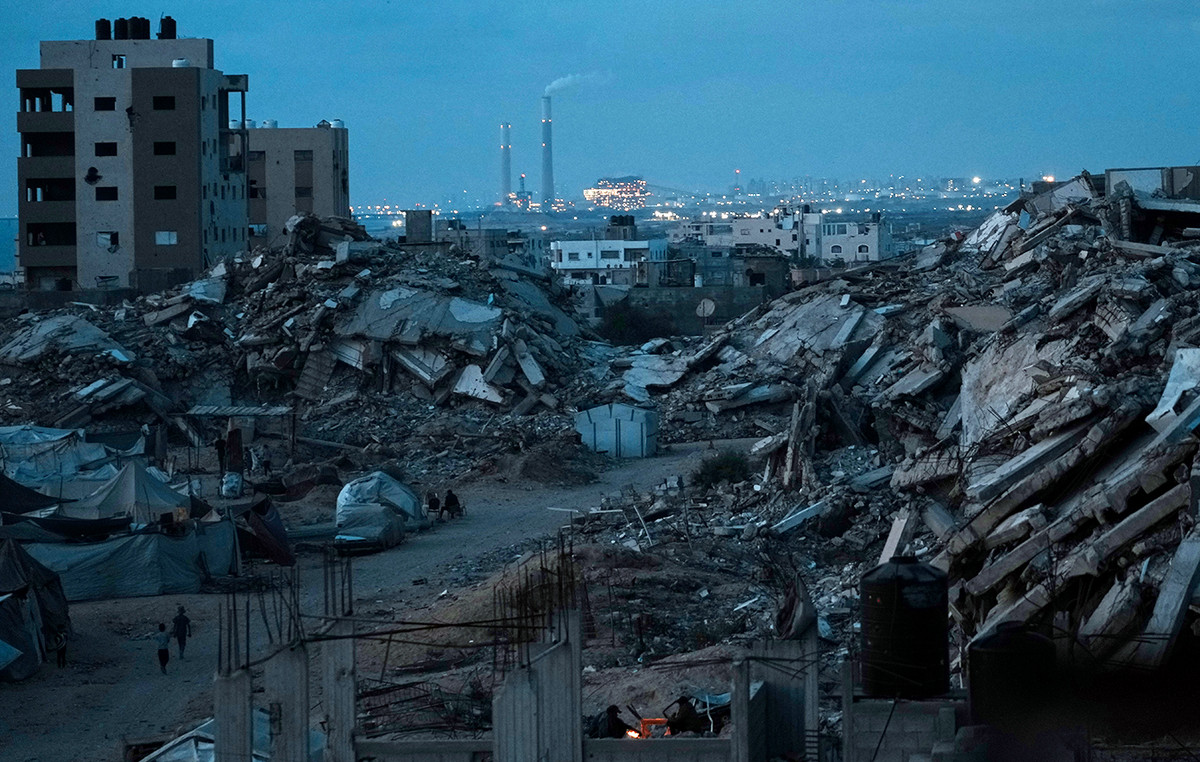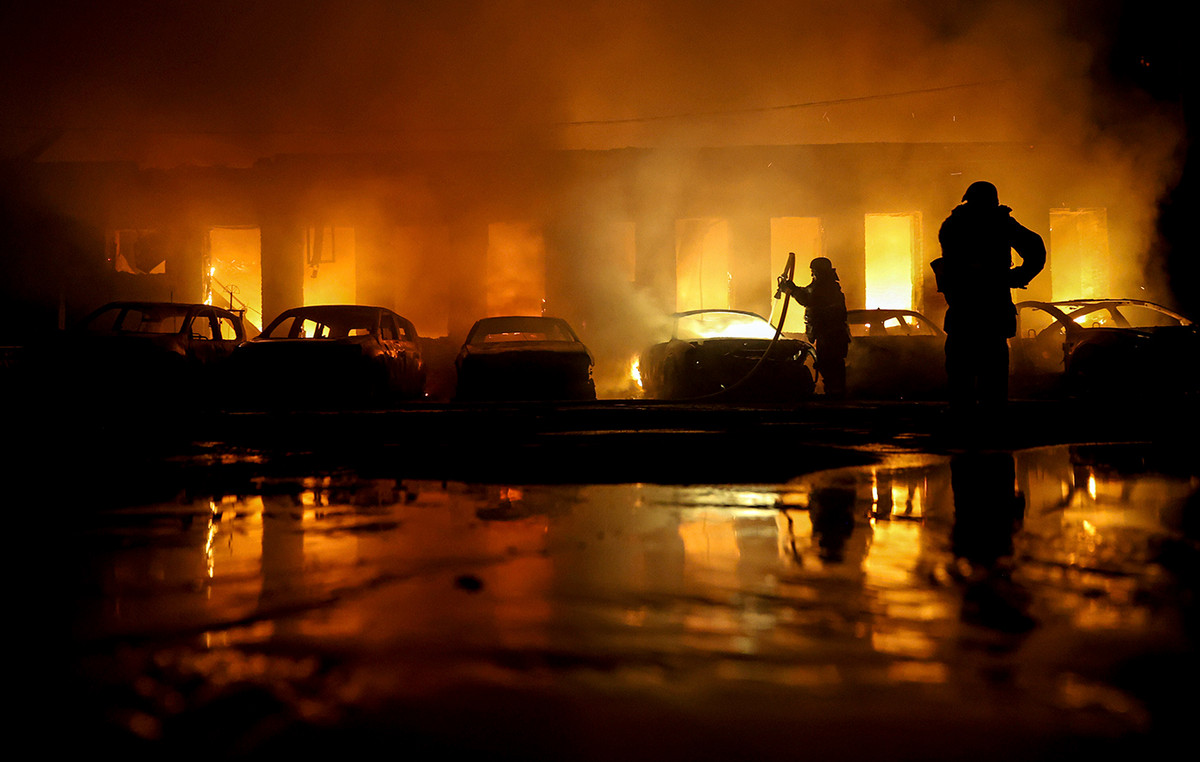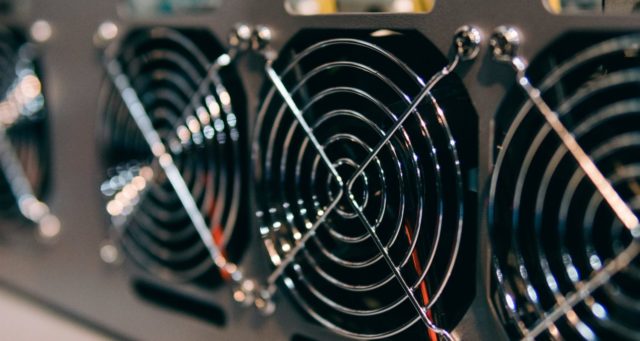As Rio Grande do Sul maps out actions aimed at rebuilding the state, universities and federal institutes are calculating how to recover infrastructure affected by the floods.
Taking into account the best scenario – according to expectations from the National Association of Directors of Federal Higher Education Institutions (Andifes) -, higher education in Rio Grande do Sul should return to normal within a year.
Last Thursday (23), the federal government released a new extraordinary credit worth R$1.8 billion for support and reconstruction actions in Rio Grande do Sul. Of this total, more than R$22 million will be used for cleaning , maintenance and recovery of educational institution facilities.
Two other transfers had already been made. The first, worth R$25.8 million, was allocated to support school meals within the scope of basic education. The second transfer was R$46.1 million, via the Direct Money at School Program (PDDE), for cleaning and renovating schools affected by the floods.
The amounts released, however, are still far from what the institutions requested. According to a survey carried out by CNN ten of the 11 federal higher education units in Rio Grande do Sul estimate that they need R$124.3 million to return to pre-flood levels.
This total is the sum of what has already been requested, case by case. The only one that has not requested funding so far is the Federal University of Fronteira Sul (UFFS), which has campuses in Erechim and Passo Fundo, cities not affected by the rains. When contacted, the Ministry of Education has not yet responded or when the amounts will be transferred. (See table below)
The Federal University of Rio Grande do Sul (UFRGS) is the one with the largest budget for reconstruction: R$40.1 million. The affected structures are still in the process of receding water. Therefore, the calculation is still imprecise and the values should increase.
The Federal University of Santa Maria (UFSM) has an advance survey. The institution estimates that the building's structures will be restored in approximately six months with an investment of R$12 million.
“If the government sends the requested resources, within six months we will have the structure recovered. We are currently using our own resources to begin recovery. But this bill will arrive. In mid-October or November, we will run out of resources at the university. If the government does not comply, the university will collapse later on,” said the institution’s rector, Luciano Schuch.
According to the values collected:
- just the roof repair must cost R$ 2.5 million ;
- R$ 1 million should be used to drainage works in the rainwater system ;
- It is R$ 1 million for the payment of aid for students living in student housing .
The remainder will be used for cleaning and other structural adjustments.
The rector cites the scrapping of universities in recent years as one of the factors for the great impact of structures after the rains. Given this, he calls for “a more systematic investment” from the federal government.
“Our structure is scrapped, with old, historic buildings. When such heavy rain comes, all our buildings leak. But we need more systematic investment, otherwise, next rain, we will have problems again,” she said.
For the president of Andifes and dean of the University of Brasília, Márcia Abrahão, the creation of a center to combat extreme weather events will be suggested. The idea is for the headquarters to be in Santa Maria (RS).
“It will take us a few years to get back to the situation we were in – which was already precarious”, stated Márcia.
Andifes is still negotiating with the Ministry of Education and the Ministry of Finance a type of budget replacement with permanent funding for universities.
Private universities
Private higher education institutions in Rio Grande do Sul are evaluating scholarships for students whose homes were affected by the floods. The concern is that there will be severe dropout after the resumption of activities.
“We already understand that there will be evasion (due to the floods). [Muitos alunos] They have no emotional structure or home to return to”, reported Rafael Henn, president of the Consortium of Community Universities of Rio Grande do Sul (Comung), which brings together 14 private institutions, and rector of the University of Santa Cruz do Sul (Unisc).
“There is a need for action that goes directly to the student, because this can have a huge impact in the long term. Thinking about the competitiveness of the state of RS, it could impact the local and national job market”, he added.
Values requested by institutions:
- UFRGS: 40.1 million
Application: Structure repair and student assistance. - IFRS: R$ 18.3 million
Application: Structure recovery, cleaning costs, furniture replacement and student aid. - UFSM: R$ 13.1 million
Application: Structure recovery and student assistance. - IFSul: R$ 10.4 million
Application: Structure recovery and student assistance. - IFFar: R$9 million
Application: Recovery of structure, furniture and student assistance. - UFPel: R$ 8.2 million
Application: Building recovery, maintenance and student assistance. - UFCSPA: R$8 million
Application of funds: Repairs and student aid. - FURG: R$7 million
Application: Repairs and student aid. - Unipampa: R$5.2 million
Application: Repairs to roofs, generators, adjustment of the electrical network, acquisition of materials and student assistance. - UERGS: R$5 million
Application: Repair of structures in 23 units and the rectory. - UFFS: R$0
There were no structures affected by the floods. It did not request funding from the Ministry of Education.
Total: R$ 124.3 million
Source: CNN Brasil
I’m James Harper, a highly experienced and accomplished news writer for World Stock Market. I have been writing in the Politics section of the website for over five years, providing readers with up-to-date and insightful information about current events in politics. My work is widely read and respected by many industry professionals as well as laymen.







